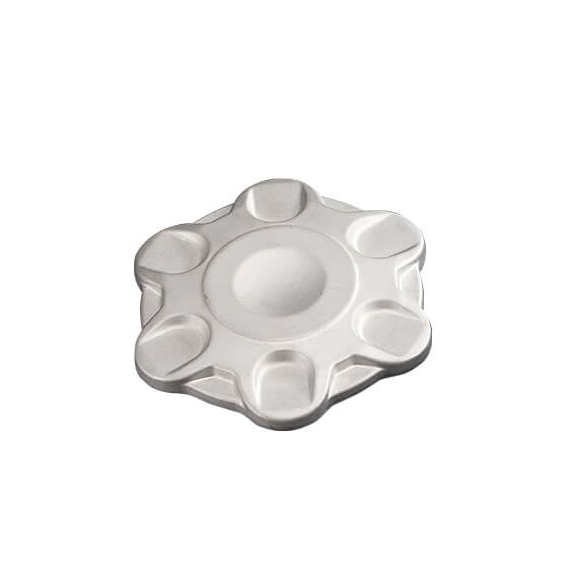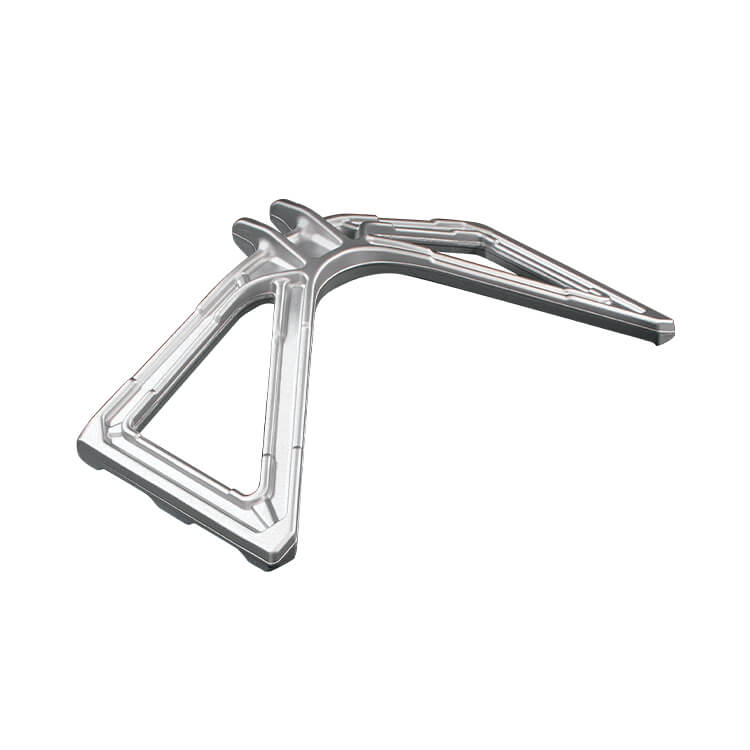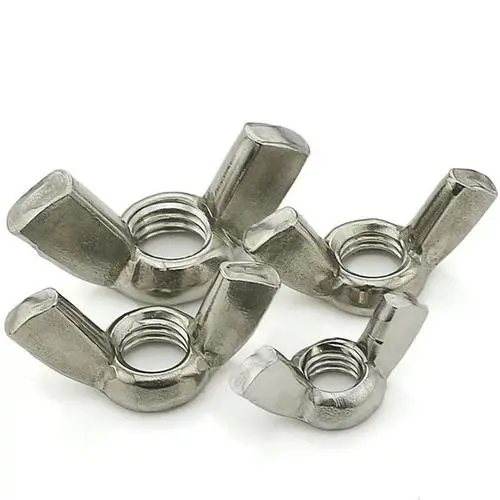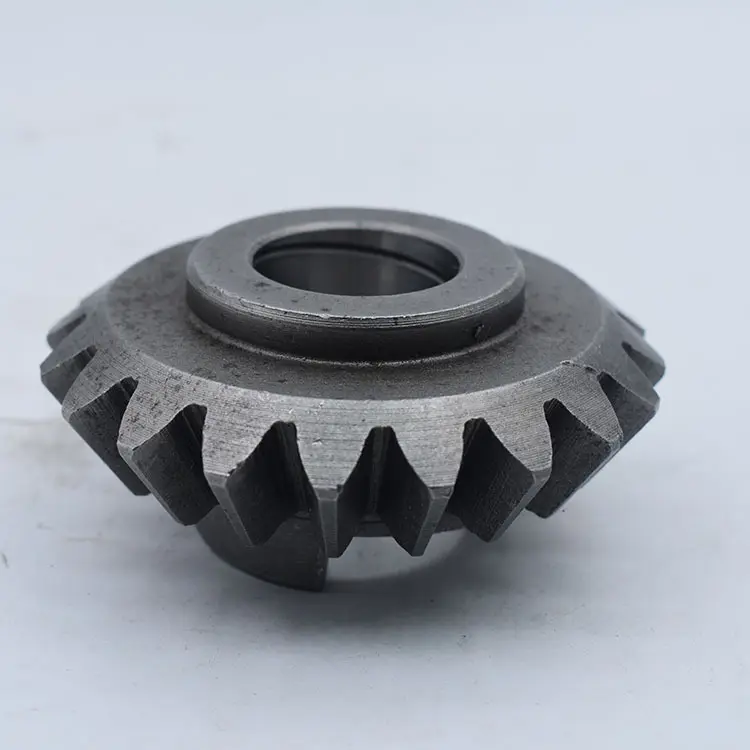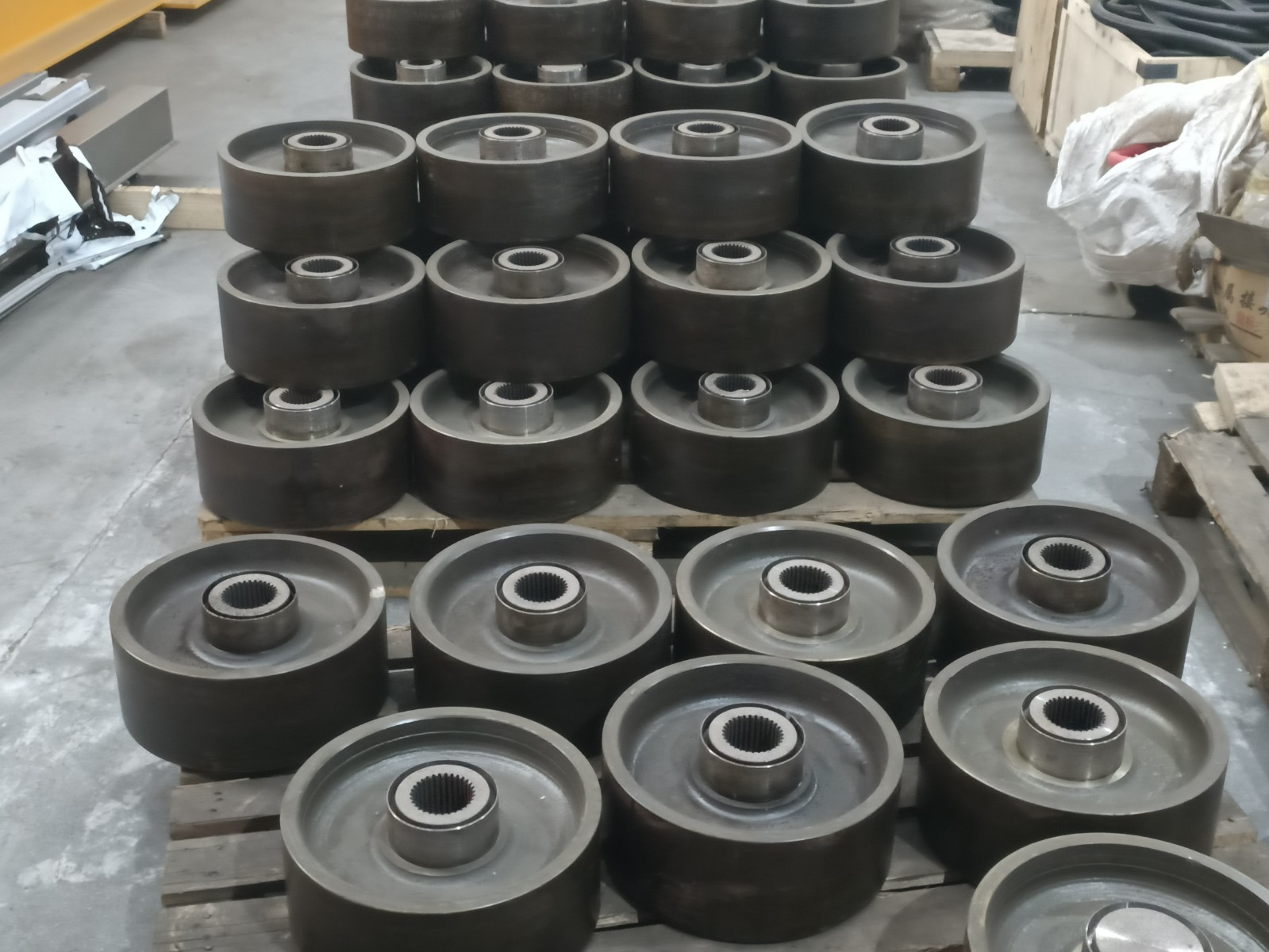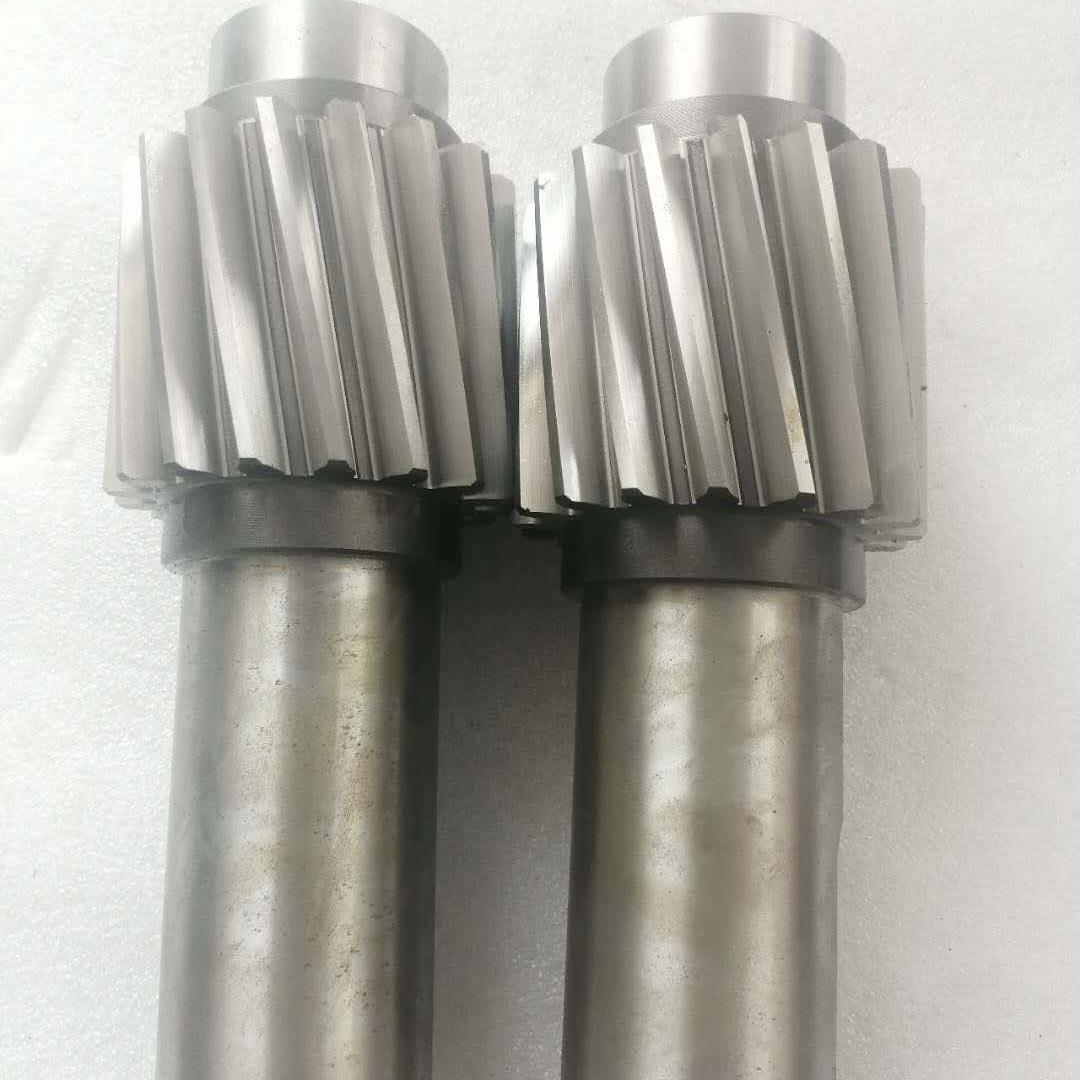Automobile Engine Connecting Rod Forgings
The connecting rod forging of automobile engine is an important part connecting the piston and the crankshaft, and bears the impact force and rotational force of the engine. Connecting rod forgings are usually forged from high-strength alloy steel materials, which have good wear resistance, corrosion resistance and high temperature strength.
Since the metal volume of the connecting rod is distributed along the axis in the form of big head, shaft and small head, generally the connecting rod should be made into a billet when forging and forming, and the metal is usually pre-divided by steps such as drawing and rolling. And because the shaft of the connecting rod mostly adopts "I-shaped" section, in order to avoid forging defects such as folding due to unreasonable metal flow, and also to facilitate the filling of the forging and the improvement of the life of the die, when the connecting rod is forged Generally, two steps of pre-forging and final forging are used. Because connecting rod forgings are prone to warping and end surface unequal defects during trimming, heat treatment and cleaning, in order to ensure higher shape and weight tolerances of connecting rod forgings, cold correction and cold precision pressing are generally carried out after the cleaning process. Due to the importance of parts, connecting rod forgings generally require 100% flaw detection.

In the connecting rod forging automatic production line, the entire forging process realizes the automatic logistics transportation and production monitoring of the connecting rod from feeding, heating, roll forging, flattening, pre-forging, precision forging, edge trimming, punching, calibration, and blanking.
Features
● Connecting rod forgings are required to withstand high stress and impact forces, so the material needs to be high-strength to keep them functioning properly.
● Due to the frequent contact between the connecting rod and the crankshaft, it needs to be able to withstand friction and wear, so the connecting rod forging needs to have good wear resistance.
● The internal environment of the engine is harsh and there are acidic and corrosive substances. The connecting rod forgings need to have good corrosion resistance to prolong their service life.
● When the engine is working, it will generate high temperature, and the connecting rod forging needs to have good high temperature strength to ensure its normal operation in the high temperature environment.
Automobile engine connecting rod forging is an important part of the engine, which has an important impact on the performance and life of the engine. Therefore, in the design and manufacturing process, it is necessary to select appropriate materials and processes to ensure the quality and reliability of connecting rod forgings.






